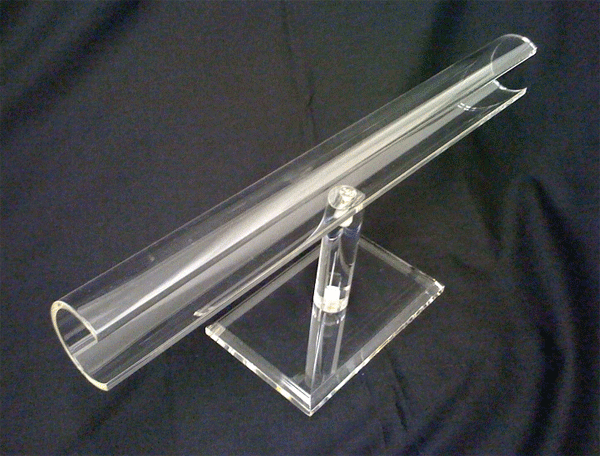There are various plastic production approaches to choose between, and you will find broad ranges regarding flexibility of shape, setup expenses, costs per component part, completion time, as well as the scale of production the technique allows. Popular methods encompass CNC (computer numerical control) machining and vacuum formation, both of which serve alternative design and style and manufacturing necessities. CNC, for example, provides a medium level of flexibility when it comes to the form, a finish time of less than a day, a medium startup price, steeply-priced individual parts, and accommodates massive scale production. Vacuum formation, in contrast, provides a very restricted freedom of shape, only suitable for producing basic forms, and can feature a completion period of up to a month. In addition, because there’s an extensive scope of CNC machines, from simple desktop machines, to significantly more sophisticated machines, the startup price varies from low to very high, and the cost per part and the completion time are very diverse, and dependent upon the sophistication of the machine. {There are numerous heat forming acrylic plastic online websites in great Britain, should you be looking for more information or maybe values this blog is a superb place to start acrylic block machining. This post perspex machining uk offers quite a bit more information on the main topic of perspex machining.|{For everybody who is interested in more info with respect to plastic box fabrication this specific web site www.displaydevelopments.co.uk offers a whole lot more articles concerning plastic fabrications.
CNC Machining
CNC machining is a computer governed subtractive process, which removes material from plastic in an effort to create the required form. The computer is high-tech, with the ability to transform a design into numbers by using a computer assisted design computer software program. The figures are competent to operate the equipment to cut the required form. To setup, the pieces of equipment need an intermediate step in the development and validation of tool paths. Once the machine receives the tool paths, the subtractive procedure is started. When the assemblage is complete, the component is cleaned, smoothed, and cut.
For low quantity plastic component part applications that need tight tolerances and shapes that are challenging to mould, machining meets your needs. CNC machining boasts minimal to medium initial expenses, and can also manufacture top quality plastic components with limited finishing times. Yet, with increased product complexity, the cost per element climbs up. Furthermore, the process requires tool access allowances, and specific designs, for example those with curved internal channels, are near-impossible to form with CNC manufacturing.
Summary Of Vacuum Formation
Vacuum formation is a procedure through which plastic is heated and moulded, generally working with a mould. The size and sophistication of vacuum-forming machines vary from inexpensive desktop devices to state-of-the-art manufacturing equipment.
It is usually suited to any project, ranging from tailor-made designs to large-scale fabrication, considering the large array of equipment available and that also automation is an option if required. Nevertheless, there’s minimal flexibility in the different kinds of design it can develop, and is unfortunately exclusively competent to generate pieces with basic geometries. Compared to various other methods, tooling prices are low, since vacuum formation merely requires minimal forces and pressures. Generally, for modest production sizes the moulds are created from Three-dimensional printed resin, or possibly plaster, and then for greater production sizes stronger equipment composed of metal is commonly used.
The development method begins with a sheet of plastic material being clamped and heated up until the plastic becomes mouldable. The plastic is then placed into the mould and cooled, and often fans as well as other cooling techniques are utilised in order to accelerate the chilling process. The final stage entails any surplus plastic being removed.

